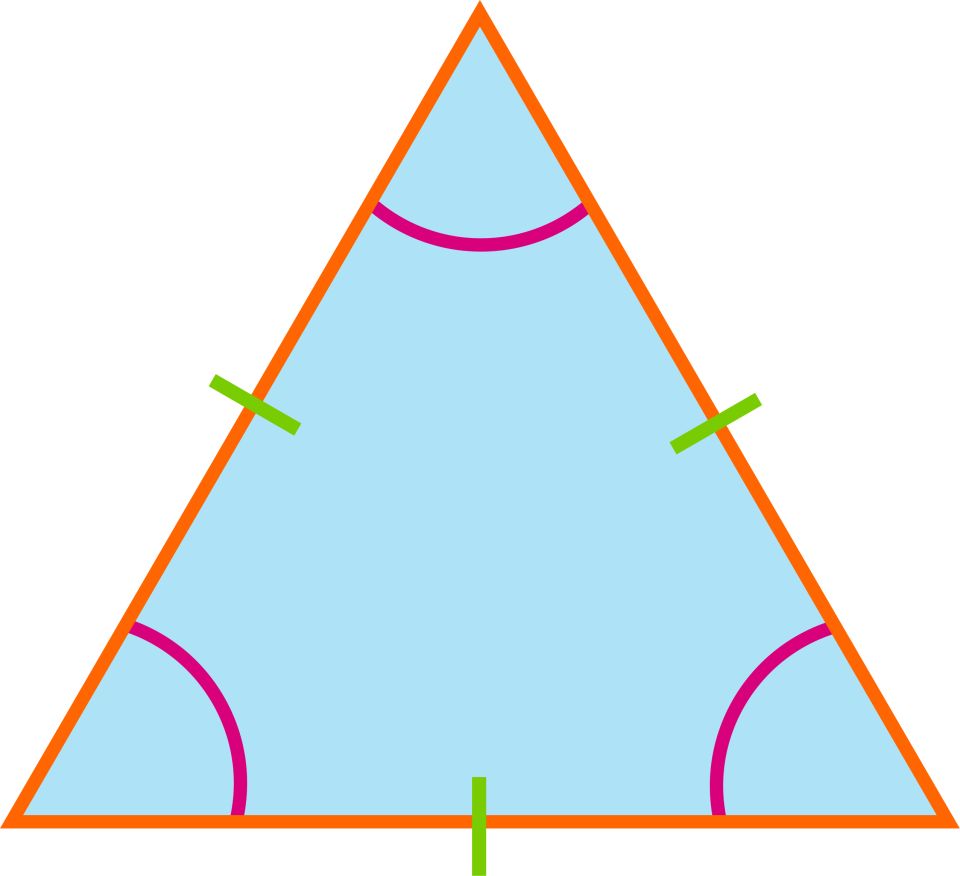

Unless the bears bring honeypots to share with you, the converse is unlikely ever to happen. If I attract bears, then I will have honey. Or this one: If I have honey, then I will attract bears. If I lie down and remain still, then I will see a bear.įor that converse statement to be true, sleeping in your bed would become a bizarre experience. If the premise is true, then the converse could be true or false: If I see a bear, then I will lie down and remain still.

If the original conditional statement is false, then the converse will also be false. Now it makes sense, but is it true? Not every converse statement of a conditional statement is true. The Converse of the Isosceles Triangle Theorem states: If two angles of a triangle are congruent, then sides opposite those angles are congruent. To make its converse, we could exactly swap the parts, getting a bit of a mish-mash: If angles opposite those sides are congruent, then two sides of a triangle are congruent. So here once again is the Isosceles Triangle Theorem: If two sides of a triangle are congruent, then angles opposite those sides are congruent. You may need to tinker with it to ensure it makes sense. The converse of a conditional statement is made by swapping the hypothesis (if …) with the conclusion (then …). So if the two triangles are congruent, then corresponding parts of congruent triangles are congruent (CPCTC), which means …Ĭonverse of the Isosceles Triangle Theorem We just showed that the three sides of △ D U C are congruent to △ D C K, which means you have the Side Side Side Postulate, which gives congruence. There! That's just D U C K y! Look at the two triangles formed by the median. We find P o i n t C on base U K and construct line segment D C: To mathematically prove this, we need to introduce a median line, a line constructed from an interior angle to the midpoint of the opposite side. The Isosceles Triangle Theorem states: If two sides of a triangle are congruent, then angles opposite those sides are congruent.

Knowing the triangle's parts, here is the challenge: how do we prove that the base angles are congruent? That is the heart of the Isosceles Triangle Theorem, which is built as a conditional (if, then) statement:

Further gigs in England we're followed by appearances at Glastonbury and T In The Park. Alex Kapranos from Franz Ferdinand was at the single launch and asked Isosceles to support them on a tour of the Scottish Highlands including gigs in Inverness, Fort William, Dundee and Portree.Īt the start of 2008 they began their first tour of England before releasing their second single "Kitch Bitch / Watertight" in April. This exposure resulted in the Leeds based independent record label Art Goes Pop offering to release "Get Your Hands Off / I Go" in 2007. The band is composed of Jack Valentine, William Aikman, Andrew Wilson and Bobby Duff.įormed in 2006 for a one-off gig, the band began playing gigs around Glasgow and recording songs which would eventually be played by Vic Galloway on Radio One. Isosceles are an indie pop band formed in Glasgow, Scotland. Freebase (0.00 / 0 votes) Rate this definition:


 0 kommentar(er)
0 kommentar(er)
